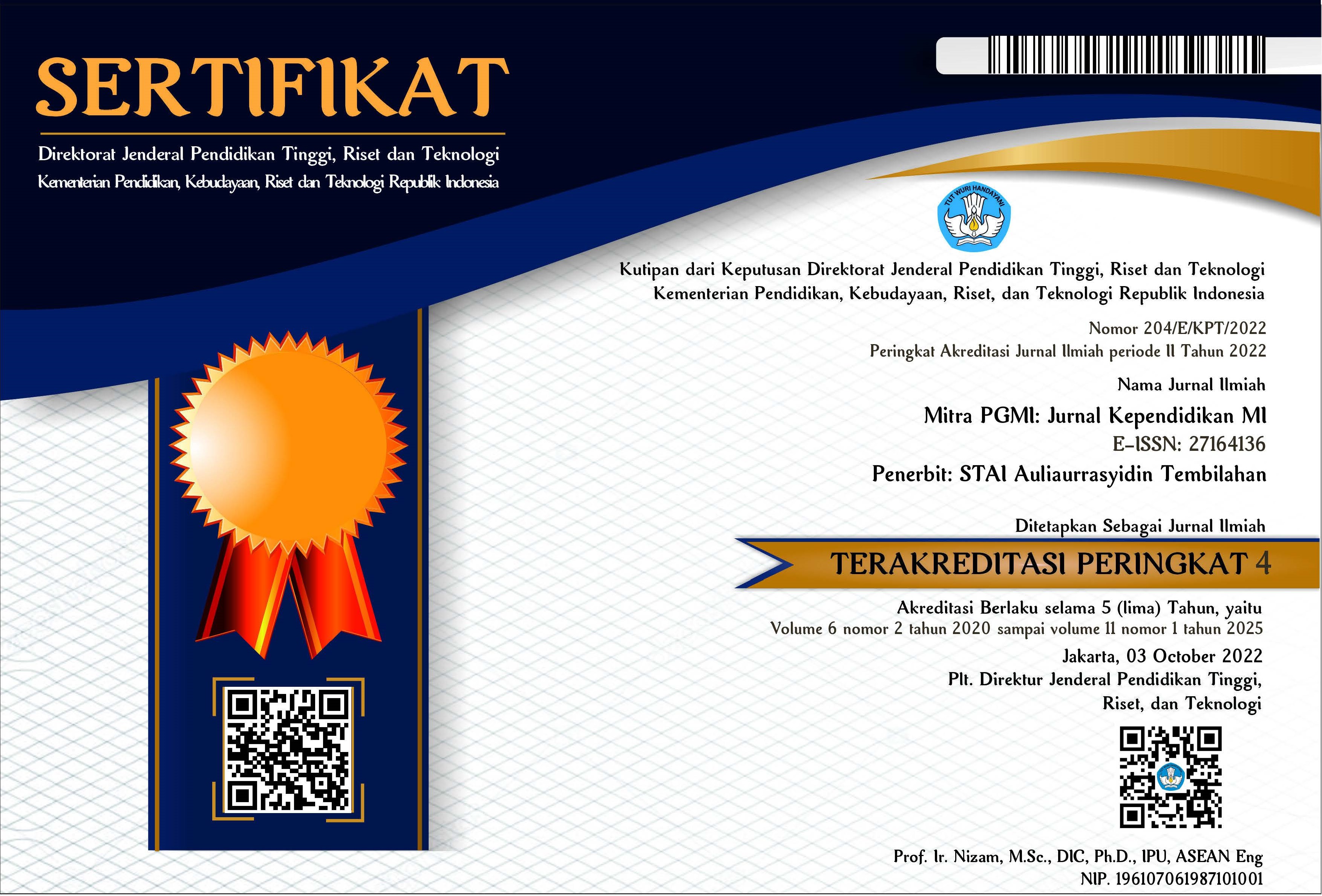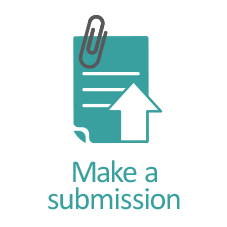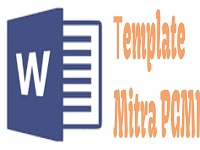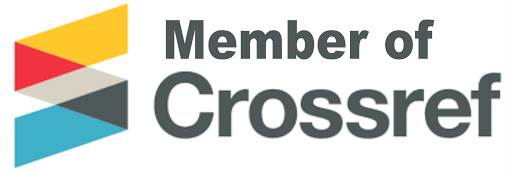Analisis Proyek Profil Pelajar Rahmatan Lil Alamin (PPRA) di Madrasah Ibtidaiyyah (Literatur Review)
DOI:
https://doi.org/10.46963/mpgmi.v10i1.1557Keywords:
Independent curriculum, PPRA, P5Abstract
Challenges in this modern era focus more on activities that prepare students to face industrial changes. Pancasila remains relevant as long as the Indonesian nation exists. It is important to explore and understand these values so that you can determine whether it is just jargon or just a campaign. The aim of implementing P5PPRA, especially in madrasah ibtidaiyah, is to develop their character values, so that positive behavior can be formed and stick to the students. In this research, the library research method was used by analyzing various kinds of books, articles, to find theory and accurate data. The existence of the PPRA Curriculum is an effort to renew the existing curriculum, where this curriculum has more humanistic material content in strengthening tolerance and moderation. The results of various literature can be concluded, namely: (1) the learning policy at each madrasah has its own model, (2) the learning is in accordance with the objectives of the independent curriculum where the institution facilitates it according to the needs of students, (3) one of the obstacles in learning is There is still a lack of creativity among educators in implementing their learning models.
Downloads
References
Akhmadi, A. (2023). Implementasi Kurikulum Merdeka di Madrasah Ibtidaiyah. Andragogi: Jurnal Diklat Teknis Pendidikan Dan Keagamaan, 11(1), 33–44. https://doi.org/10.36052/andragogi.v11i1.310
Boschman, F., McKenney, S., & Voogt, J. (2014). Understanding decision making in teachers’ curriculum design approaches. Educational Technology Research and Development, 62(4), 393–416. https://doi.org/10.1007/s11423-014-9341-x
Habibah, M., & Nurhidin, E. (2023). Profil Pelajar dalam Kurikulum Merdeka Madrasah di Era VUCA. Jurnal Intelektual: Jurnal Pendidikan Dan Studi Keislaman, 13(2), 211–230. https://doi.org/10.33367/ji.v13i2.4061
Hidayati, Z. (2023). Kebijakan Pokok Dan Strategi Implementasi Kurikulum Merdeka Di Madrasah Ibtidaiyah. Prosiding SEMAI 2, 294–305.
Idayanti, S. (2023). Analisis Kesesuaian P5P2Ra Dengan Prinsip Pelaksanaan Dan Dampaknya Terhadap Perilaku Peserta Didik. Wawasan: Jurnal Kediklatan Balai Diklat Keagamaan Jakarta, 4(1), 48–66. https://doi.org/10.53800/wawasan.v4i1.228
Imamah, I., Rahayuliana, R., Hasibuan, D. A. S., Elliza, E., Kurniawati, K. N., Suhardja, M., Mu’awanah, M., Nurkamisah, N., Silfya, R., & Ratna, S. (2023). Implementasi Kurikulum RA Menuju Merdeka Belajar dalam Bingkai Profil Pelajar Rahmatan Lil ‘Alamin untuk Guru-Guru RA Se-Kecamatan Sagulung Kota Batam. Jurnal Kreativitas Pengabdian Kepada Masyarakat (PKM), 6(9), 3803–3813. https://doi.org/10.33024/jkpm.v6i9.11444
Indrastoeti, J. (2016). Penanaman Nilai-Nilai Karakter Melalui Implementasi Pendidikan Karakter Di Sekolah Dasar. Proasding Seminar Nasional Inovasi Pendidikan Inovasi Pembelajaran Berbasis Karakter Dalam Menghadapi Masyarakat Ekonomi Asean, 286. http://www.jurnal.fkip.uns.aac.id/index.php%0Ajurnal.fkip.uns.ac.id › index.php
Kemendikbud. (2022). Panduan Pengembangan Projek Penguatan Pelajar Pancasila. Projek Penguatan Profil Pelajar Pancasila, 2.
Mariana, D. (2021). The Influence of Principal Leadership on the Effectiveness of Driving Schools in Improving the Quality of Education. Jurnal Pendidikan Tambusai, 5(20), 10228–10233. https://jptam.org/index.php/jptam/article/view/2606
Muchamad Mufid. (2023). Penguatan Moderasi Beragama dalam Proyek Profil Pelajar Rahmatan Lil ’Alamin Kurikulum Merdeka Madrasah. QuranicEdu: Journal of Islamic Education, 2(2), 141–154.
Muhammad Rouf, Akhmad Said, dkk. (2020). Pengembangan Kurikulum. Al-Ibrah, 5.
Nur’aini, S. (2023). Implementasi Project Penguatan Profil Pelajar Pancasila (P5) Profil Pelajar Rahmatan Lil Alamin (P2RA) dalam Kurikulum Prototife di Sekolah / Madrasah. Jurnal Ilmiah Pedagogy, 2(1), 84–97.
Nur Fauziah, N., Nazilatul Husna, L., Hidayat, R., Madrasah Ibtidaiyah, G., & Achmad Siddiq Jember, U. K. (2023). Analisis Implementasi Proyek Penguatan Profil Pelajar Pancasila Dan Profil Pelajar Rahmatan Lil`Alamin Pada Kma No. 347 Tahun 2022. AKSELERASI: Jurnal Pendidikan Guru MI, 4(1), 1–10. https://akselerasi.uinkhas.ac.id/index.php/aksel/article/view/472
Nusaibah, A. W., Ramadan, W., Ichsan, Y., Alam, M. S. Q., & Safi’i, I. (2021). Implementasi Metode Pembelajaran Role Playing dalam Mata Pelajaran Akidah Akhlak untuk Membentuk Akhlakul Karimah Peserta Didik Era Milenial. Tarlim : Jurnal Pendidikan Agama Islam, 4(2), 107–122. https://doi.org/10.32528/tarlim.v4i2.5146
Pranajaya, S. A., Rijal, M. K., Ramadan, W., Azhar, A., Rijal, M. K., & Ramadan, W. (2022). The Distinction of Merdeka Curriculum in Madrasah through Differentiated Instruction and P5-PPRA. Sustainable Jurnal Kajian Mutu Pendidikan, 5(2), 463–478.
Pusmendik. (2021). Panduan Pengembangan Projek Penguatan Profil Pelajar Pancasila. In Kementerian Pendidikan dan Kebudayaan.
Rachmawati, N., Marini, A., Nafiah, M., & Nurasiah, I. (2022). Projek Penguatan Profil Pelajar Pancasila dalam Impelementasi Kurikulum Prototipe di Sekolah Penggerak Jenjang Sekolah Dasar. Jurnal Basicedu, 6(3), 3613–3625. https://doi.org/10.31004/basicedu.v6i3.2714
Rofiah, R., & Kiptiyah, M. (2023). Implementation of Project of Strengthening The Pancasila Student Profile on MTsN 3 Banyuwangi. Inovasi-Jurnal Diklat Keagamaan, 17(1), 64–74. https://doi.org/10.52048/inovasi.v17i1.397
Rohman, M., & Ramah, S. (2023). Analisis Kebijakan Implementasi Kurikulum Merdeka di Madrasah. … Ulum Journal of Islamic …, 1(1), 97–114. https://journal.stitbustanululum.ac.id/index.php/bujie/article/view/23%0Ahttps://journal.stitbustanululum.ac.id/index.php/bujie/article/download/23/13
Downloads
Published
Issue
Section
License
Copyright (c) 2024 Sela Ariyanti, Wimarsya Khoirunnisa, Rika Alfiana Hidayah

This work is licensed under a Creative Commons Attribution-ShareAlike 4.0 International License.
Authors who publish with this journal agree to the following terms:
1. Copyright on any article is retained by the author(s).
2. The author grants the journal, right of first publication with the work simultaneously licensed under a Creative Commons Attribution shareAlike 4.0 International License that allows others to share the work with an acknowledgment of the work’s authorship and initial publication in this journal.
3. Authors are able to enter into separate, additional contractual arrangements for the non-exclusive distribution of the journal’s published version of the work (e.g., post it to an institutional repository or publish it in a book), with an acknowledgment of its initial publication in this journal.
4. Authors are permitted and encouraged to post their work online (e.g., in institutional repositories or on their website) prior to and during the submission process, as it can lead to productive exchanges, as well as earlier and greater citation of published work.
5. The article and any associated published material is distributed under the Creative Commons Attribution-ShareAlike 4.0 International License








2.png)


